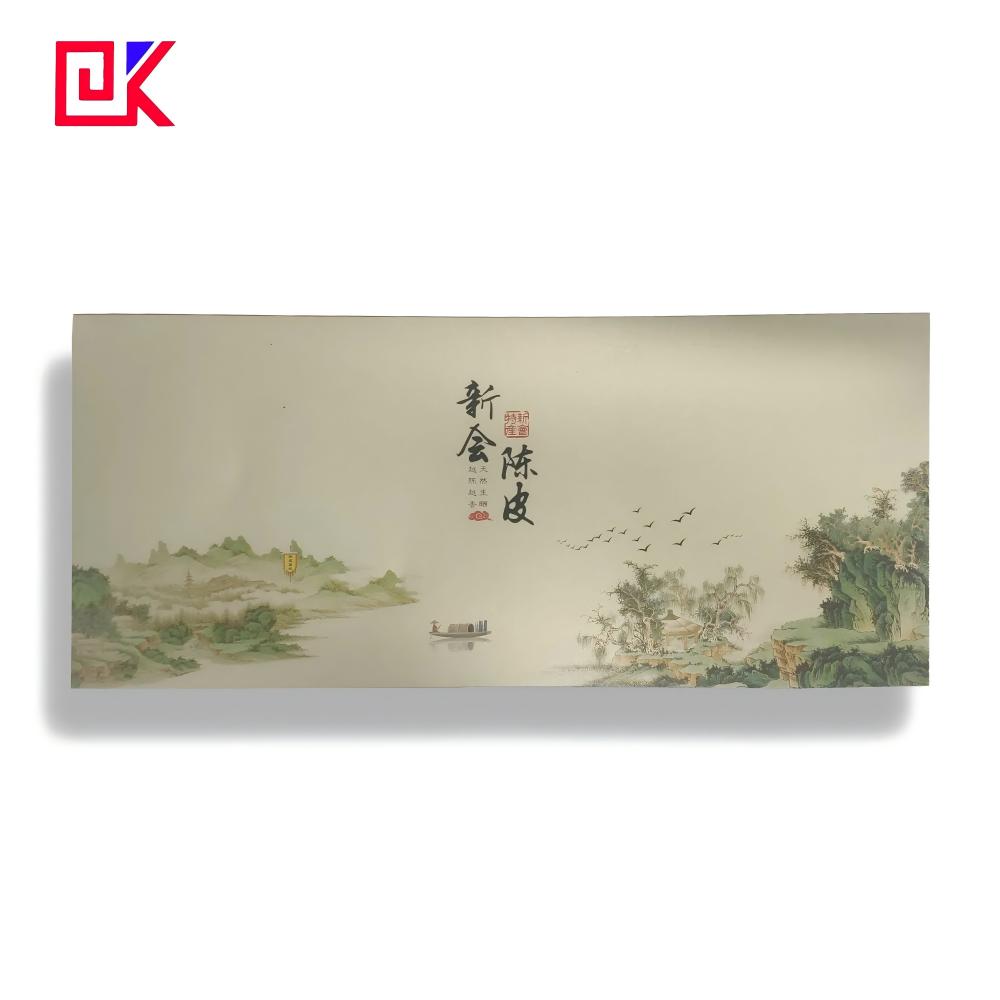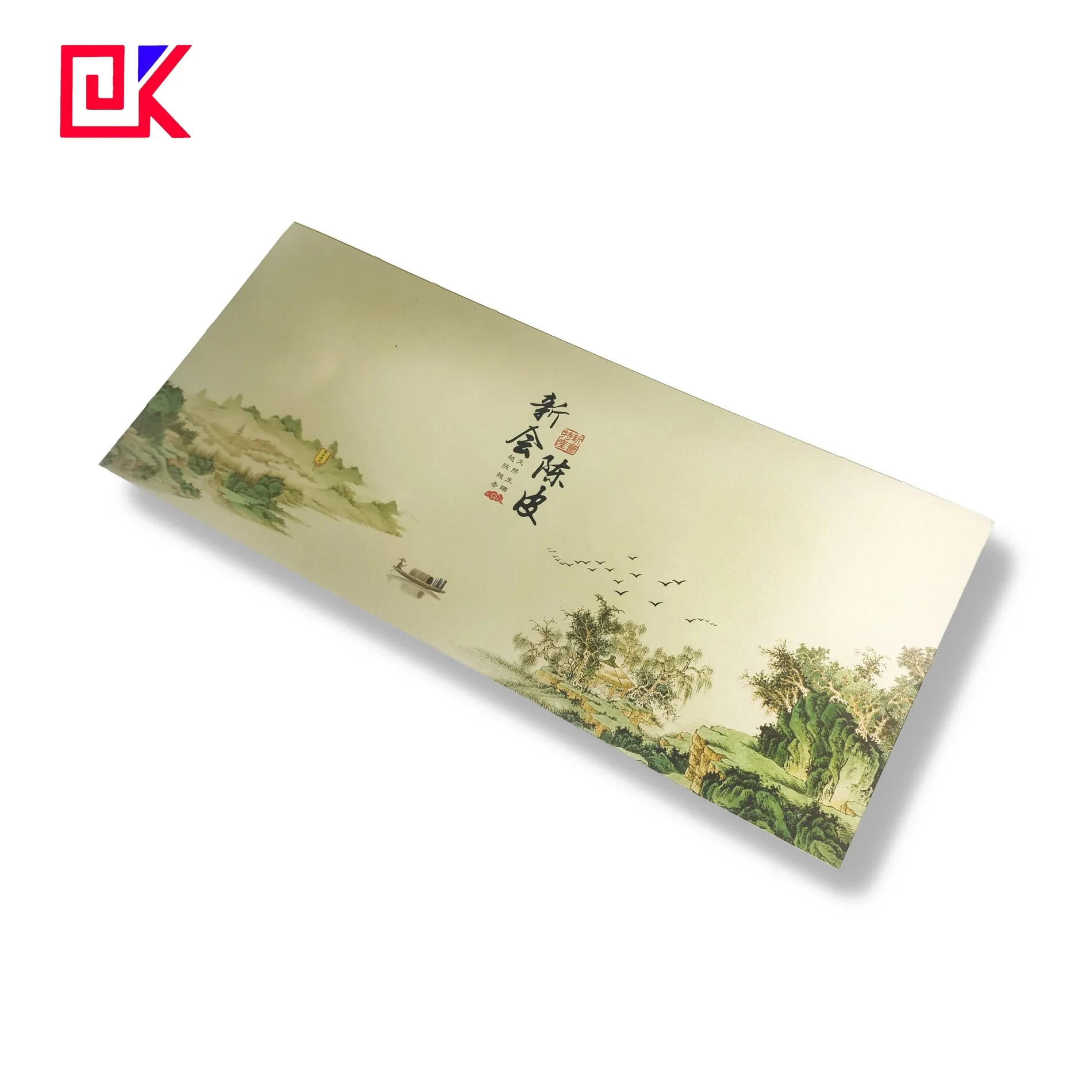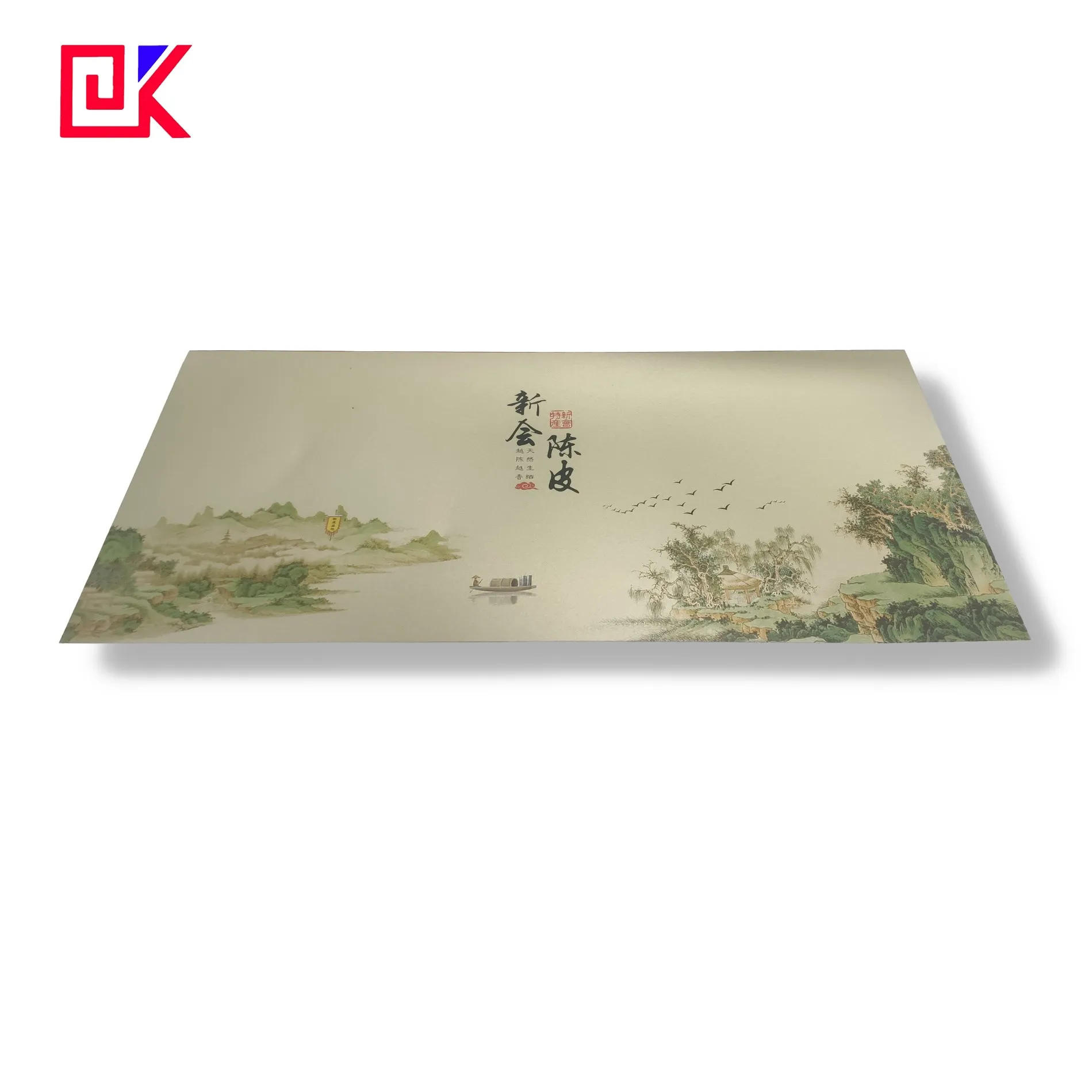In the modern packaging industry, the canning industry has gradually become a vital industry. With the improvement of consumers' requirements for product quality, appearance design and packaging safety, various new packaging materials have emerged in an endless stream. However, tin plate, as the most common and long-standing packaging material in the canning industry, still occupies a dominant position in the market. The wide application of tin plate packaging, especially in the food, beverage, cosmetics, and pharmaceutical industries, is not only driven by technology, but also by the many advantages of the material itself.
This article will discuss in detail why the canning industry chooses tin plate as the main packaging material, and through a comprehensive analysis of its characteristics, it will explain why tinplate maintains a leading position in the modern packaging market.

What is tinplate?
Before discussing why the canning industry prefers tin plate, we need to clarify what tinplate is. Tinplate, also known as tin-plated iron, is a metal material that is coated with a layer of tin on the surface of a thin steel or iron plate to prevent corrosion. Tin has strong oxidation resistance and corrosion resistance. The tin coating can effectively prevent the iron plate from rusting in a humid environment while maintaining its mechanical strength and ductility. Tinplate has been widely used in food, beverage and other industries since the 19th century. With the advancement of technology, its manufacturing process and scope of use have also been continuously expanded.
The production process of tin plate includes the following steps:
1. Cold rolling: The steel plate is first thinned by the cold rolling process to improve its strength and toughness.
2. Tin plating: A uniform layer of tin is plated on the surface of the steel plate to enhance its corrosion resistance.
3. Coating and printing: In order to further improve the aesthetics and protective performance of the packaging, tinplate cans are usually coated and brand patterns and information are printed through a printing process.
With its excellent properties, tinplate has become the preferred material in the canning industry.

What are the advantages of tinplate packaging?
Advantages of tinplate packaging:
1. Excellent anti-corrosion performance
2. Good strength and toughness
3. Excellent airtightness and freshness
4. Recyclability and environmental protection
5. Excellent printing and decoration effects
6. Processing flexibility
Among many metal materials, why does the canning industry favor tinplate? The wide application of tinplate is not accidental. It has unique advantages that cannot be replaced by other materials. These advantages are reflected in the following aspects.
Excellent anti-corrosion performance
The core advantage of tinplate is its surface tin coating, which can effectively prevent steel materials from contacting oxygen and moisture in the air, preventing oxidation and corrosion. Products such as food and beverages usually need to be stored for a long time, and the anti-corrosion performance of tinplate can ensure that the contents are stored in the can for a long time without deterioration.
Compared with other metals, such as aluminum or tin-free steel, the tin coating of tinplate provides more effective protection, especially when the packaged product is acidic or alkaline, the anti-corrosion ability of tin plate is particularly significant. This makes it the material of choice for industries that require high product preservation, such as food cans, beverage cans, and cosmetic cans.
Good strength and toughness
The canning industry requires that packaging materials must have sufficient strength to withstand pressure during production, impact during transportation, and squeezing during consumer use. Tinplate excels in meeting these requirements because of its extremely high strength and durability as a steel base.
At the same time, the toughness of tin plate allows it to be stretched, bent, and stamped into various shapes during the forming and processing process without cracking or breaking. Therefore, tinplate cans can be designed into different sizes and shapes to meet the packaging needs of various products, and can maintain the integrity and stability of the material on high-intensity production lines.
Excellent airtightness and freshness
Tin plate packaging has extremely strong airtightness and can effectively block the influence of external factors such as air, moisture, and light on the contents. This feature is especially important for perishable products such as food and beverages. Through a closed system, tinplate cans can maintain an internal vacuum state, thereby extending the shelf life of the product.
For example, the shelf life of canned food is as long as several years, which is precisely due to the excellent sealing performance of tinplate. The airtightness of tinplate cans not only protects the quality of food, but also ensures that the flavor and nutrients of food are not destroyed during storage.
Recyclability and environmental protection
With the increase of global environmental awareness, recyclability has become an important criterion for measuring packaging materials. Tinplate is a 100% recyclable material. Used tinplate cans can be recycled and remade into new cans or other metal products, reducing dependence on raw materials and reducing pollution to the environment.
The high recycling rate and reuse characteristics of tinplate make it an environmentally friendly packaging choice. Compared with non-degradable packaging materials such as plastics, tinplate has more significant environmental advantages, so it plays a positive role in the sustainable development of the canning industry.
Excellent printing and decoration effects
Tinplate has good surface finish and processability, and can be printed and decorated with high quality. Brands in the canning industry often hope to attract consumers' attention through packaging, especially in the food and beverage market, where the visual effect of packaging directly affects product sales.
The surface of tinplate can be printed with high-resolution patterns and texts through offset printing, gravure printing and other printing processes, and different coatings can be added to give it a unique texture and color performance. In addition, the surface of tinplate can also be treated with special coatings such as anti-scratch and anti-corrosion to further enhance the appearance and durability of the packaging.
Processing flexibility
Tinplate has good processing performance and can be processed into a variety of shapes and sizes to meet the packaging needs of different products. Whether it is a round, square, oval can body or a complex special-shaped packaging, tin plate can be completed through a precise mold manufacturing process.
In addition, the lid and body of the tin plate can are usually designed to be detachable, which provides convenience for consumers and enhances the preservation effect of the product. The processing flexibility of tinplate greatly expands its application range in the canning industry.

Why does the canning industry rely on tinplate?
The canning industry's reliance on tinplate is not only due to the superiority of its material itself, but also closely related to the maturity of its production process and the wide market demand.
Mature manufacturing process
As a long-standing packaging material, the production process of tinplate has been developed and improved for centuries and is now very mature and highly automated. In the canning industry, the cold rolling, tinning, coating, printing and molding processes of tinplate have formed standardized processes, which not only ensures the quality and consistency of the product, but also reduces production costs.
In addition, the packaging technology of tinplate cans is also very advanced, which can achieve a high degree of sealing and stability. Compared with other packaging materials, the manufacturing process of tinplate is more reliable and has higher production efficiency, which can meet the needs of mass production.
Wide market demand
The canning industry chooses tinplate, partly because the market highly recognizes tinplate can packaging. The food, beverage, cosmetics, pharmaceutical and other industries have extremely strict requirements for packaging materials, and tinplate has become an ideal choice for these industries due to its excellent corrosion resistance, airtightness and environmental protection characteristics.
For example, in the food industry, tinplate cans have become the standard packaging for canned food because they can preserve food for a long time and maintain their original flavor. In the beverage industry, tinplate is often used in packaging such as tea cans, coffee cans, and carbonated beverage cans. Consumers' trust in tin plate packaging has further promoted the demand for this material in the canning industry.
Comply with international standards
Tinplate packaging complies with international packaging standards, especially in terms of food safety, environmental protection, and sustainable development. Whether in Europe, America, Asia, or other regions, tin plate packaging has passed strict safety and environmental certification and can be legally used for packaging of various products.
This is especially important because the global supply chain requires packaging materials to be able to circulate in different markets, and tinplate, as a globally recognized packaging material, has international applicability that provides a guarantee for the export business of the canning industry.

